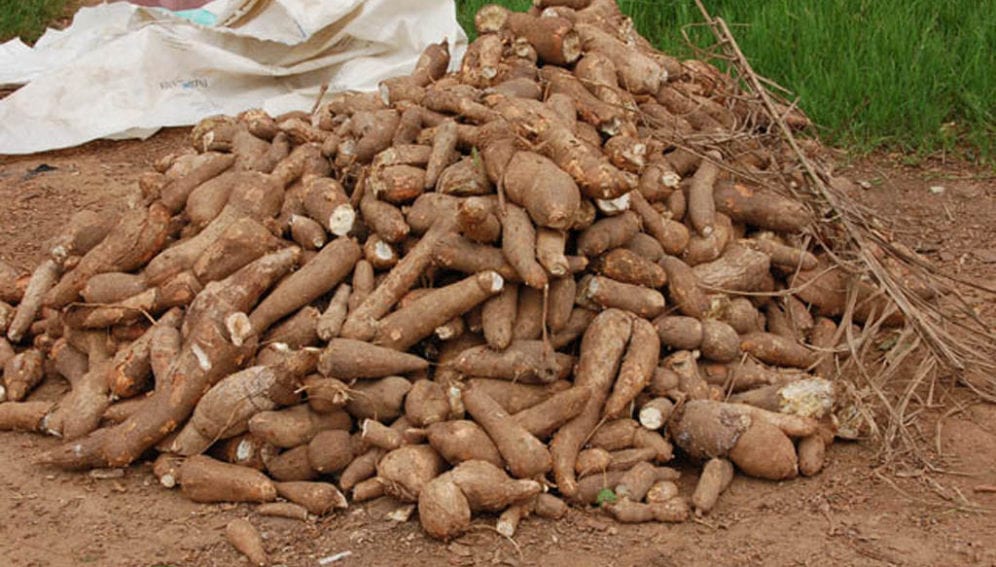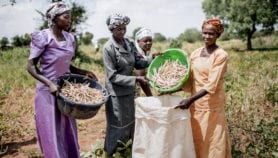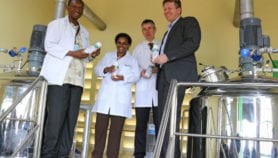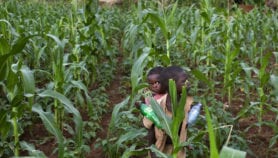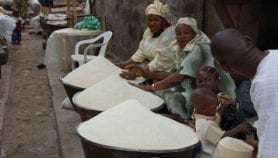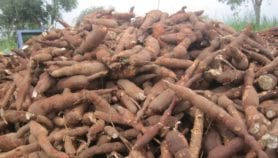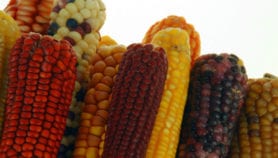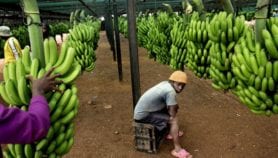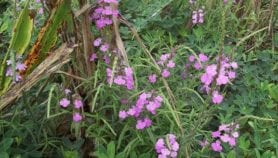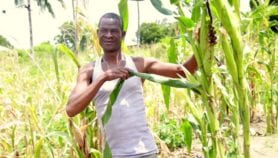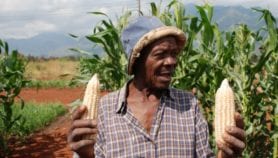By: George Achia
Send to a friend
The details you provide on this page will not be used to send unsolicited email, and will not be sold to a 3rd party. See privacy policy.
[DAR ES SALAAM] An agricultural research project spanning seven African countries has received financial assistance for a second phase to develop national diagnostic capacity for controlling devastating cassava diseases.
The US$9.4 million grant from the Bill & Melinda Gate Foundation will be used to train virologists and buy diagnostic equipment for agricultural research institutes involved in combating cassava mosaic and cassava brown streak disease.
"Both field and laboratory-based evidence suggests that the effective and sustainable control of the diseases requires reliable and affordable disease diagnostic capacity to be in place," says Joseph Ndunguru, principal agricultural research officer at Mikocheni Agricultural Research Institute (MARI), Tanzania.
"There is an urgent need to develop diagnostic capacities that are simple and cost-effective to be used in resource-constrained settings where there are … devastating diseases," he tells SciDev.Net.
The project's first phase, in 2008-2011, enhanced technical capacity for cassava virus diagnostics in national research centres across Sub-Saharan Africa,according to Ndunguru.
"Diagnostic laboratories in many countries have been strengthened, equipped, and are now operational," Ndunguru tells SciDev.Net.
For instance, MARI procured two gene guns — devices used to introduce genetic material into cells for screening cassava to help produce new disease-resistant varieties.
The second phase, to be launched later this month (25 March), will be implemented in Kenya, Malawi, Mozambique, Rwanda, Tanzania, Uganda and Zambia. It aims to enhance the capacity of national cassava research programmes for diagnosing, characterising, monitoring and sustainably managing viruses affecting cassava productivity.
According to Ndunguru, capacity for diagnosing cassava diseases in Sub-Saharan Africa has been held back by hurdles that include poor infrastructure, a lack of trained personnel and networking among Africa's few leading virologists.
He says this second phase will lead to the creation of a network of scientists from the national programmes of participating countries, with the common goal of controlling cassava diseases using standardised and harmonised methods.
Hulda Gideon, coordinator of the Tanzania Biodiversity Information Facility at the government's Commission for Science and Technology, says the project will assist in tracking the spread of cassava viruses.
It is a perfect way to "improve scientific collaboration among researchers in the region," Gideon says.
"It will also go a long way to demonstrating to farmers the benefits of using uninfected planting material and thus improving farm yields," she adds.
According to the International Institute of Tropical Agriculture, out of over 228 million tons of cassava produced worldwide in 2007, Africa accounted for 52 per cent. In Sub-Saharan Africa the crop is mainly grown for food by small-scale farmers who sell the surplus.
This article has been produced by SciDev.Net’s Sub-Saharan Africa desk.


